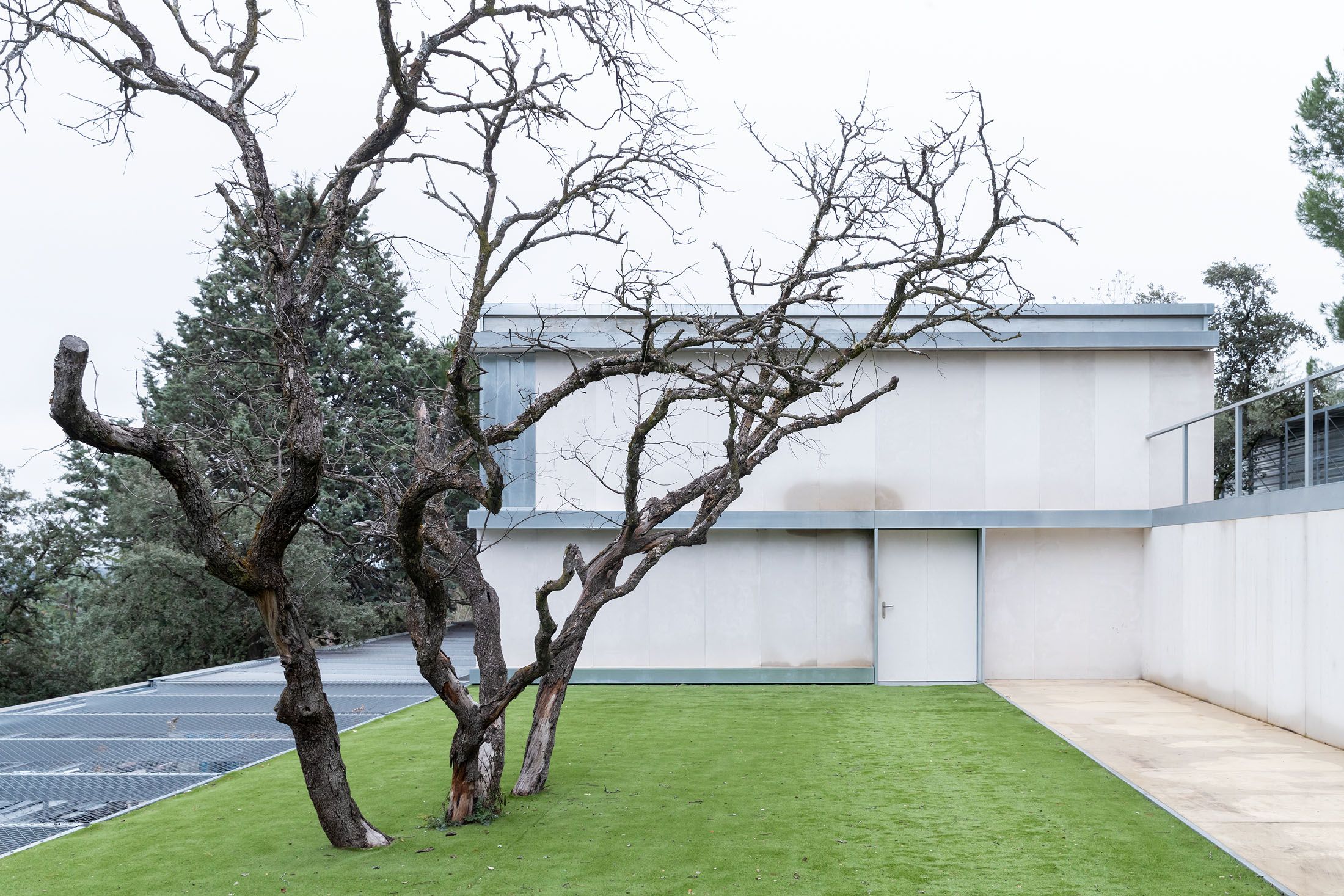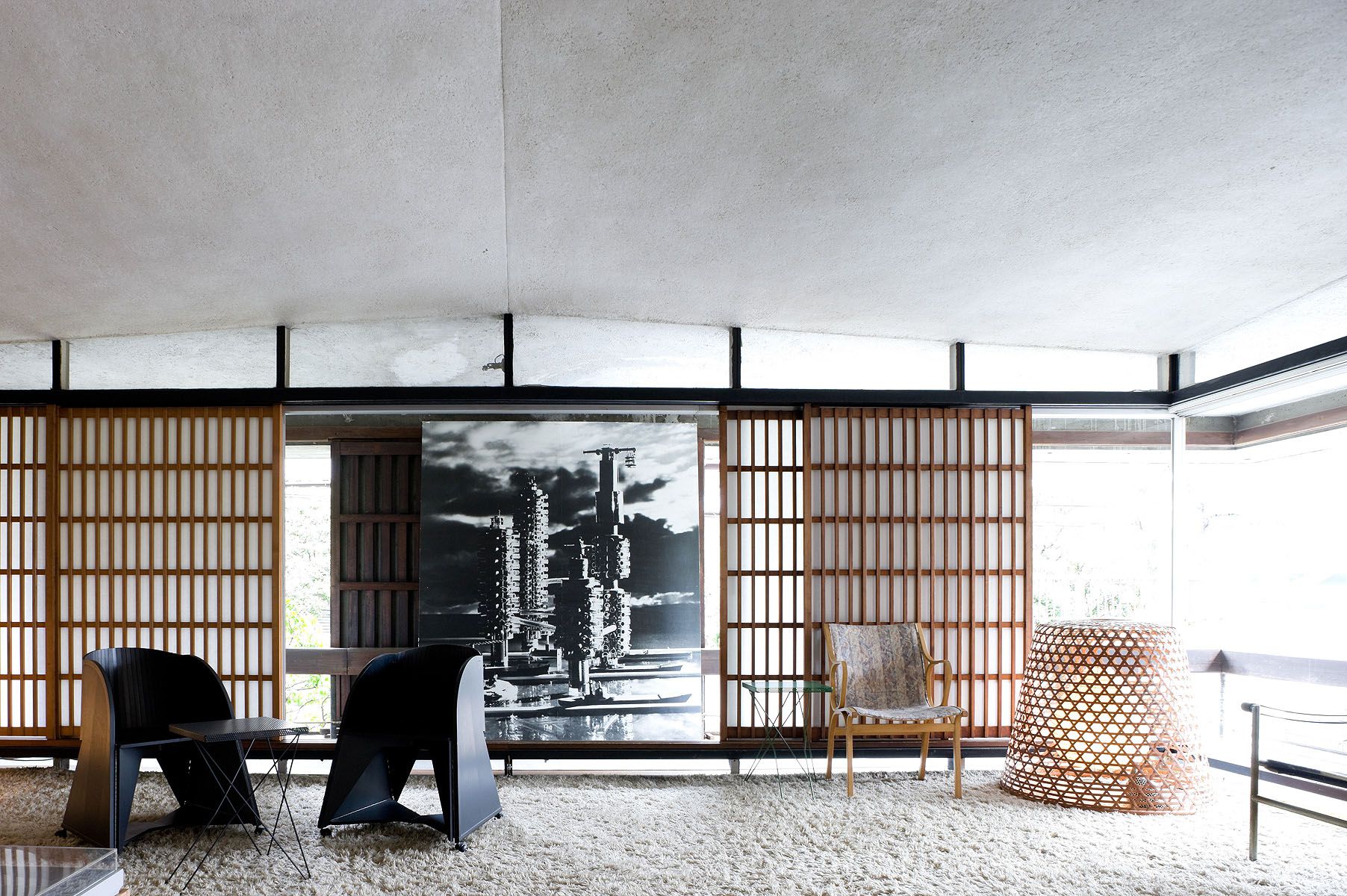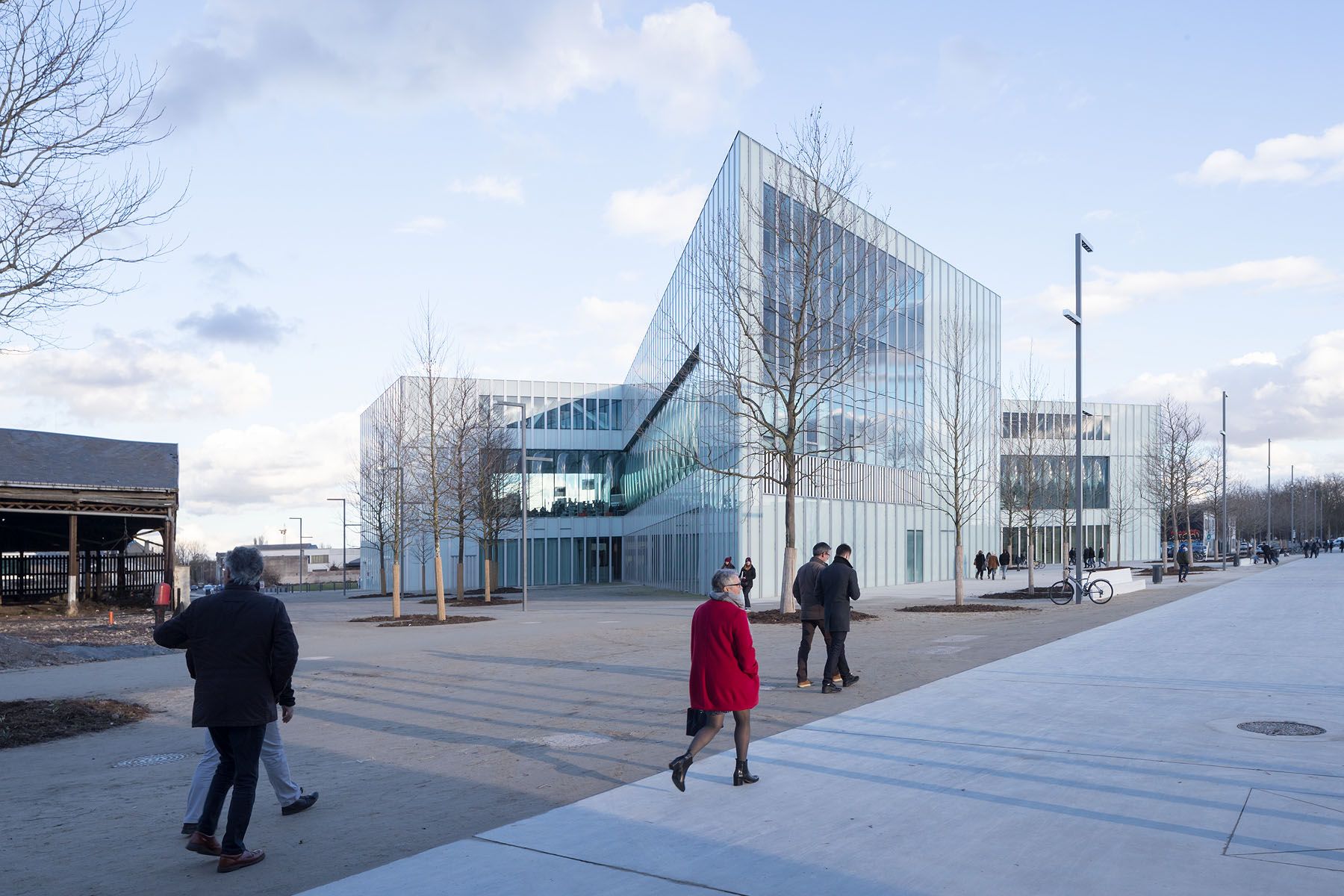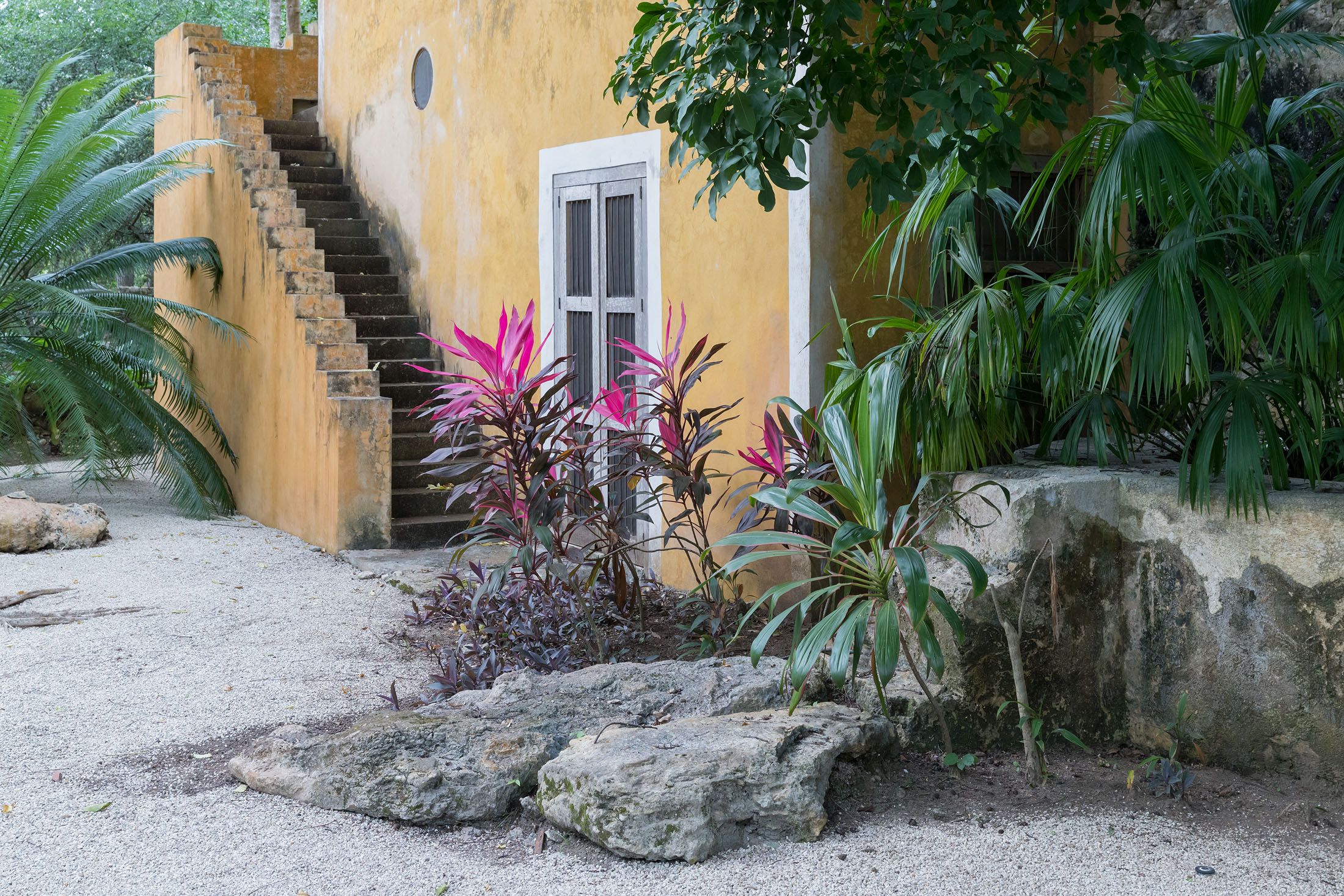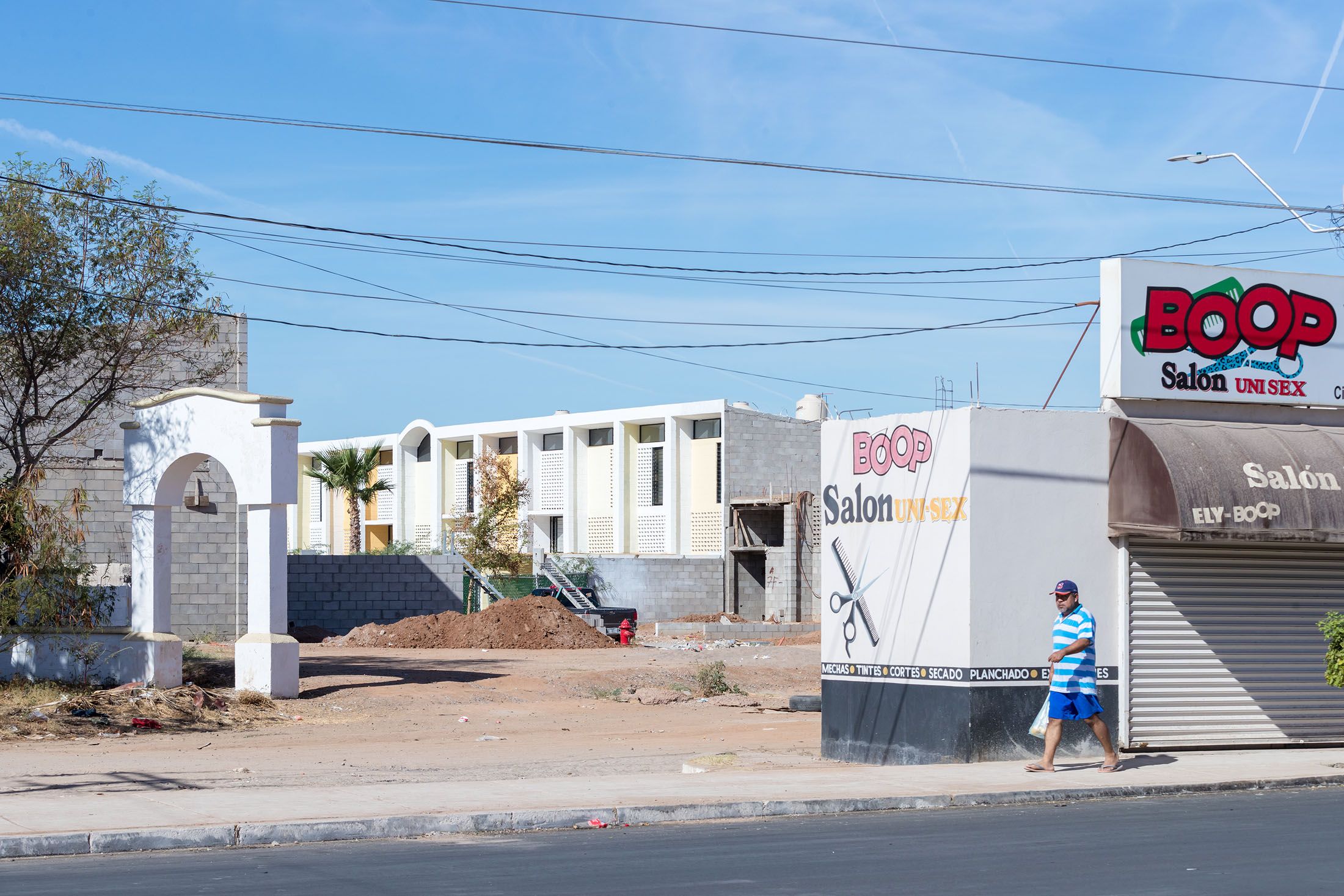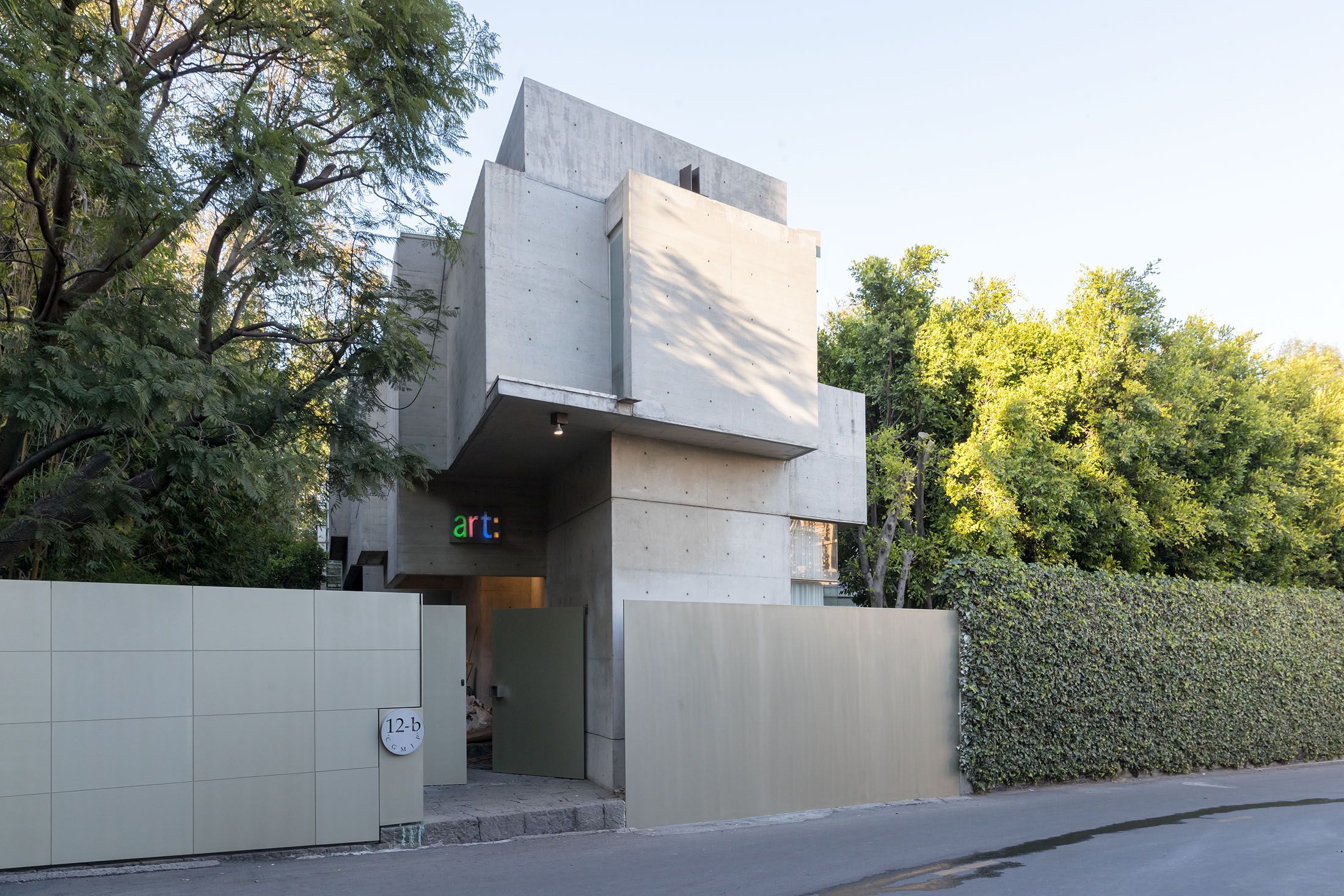E-1027 – Eileen Gray
E-1027 is a seminal modernist villa designed by Eileen Gray between 1926 and 1929 as a private retreat on the French Riviera. The name encodes the initials of Gray and her collaborator Jean Badovici, though it was Gray who conceived the architecture, interiors, and custom furnishings—crafting a holistic and deeply personal living environment.
The villa reflects early modernist ideals with its use of pilotis, open-plan layout, ribbon windows, and rooftop garden, paralleling the formal language of Le Corbusier—who later controversially painted murals on the walls during a visit in the 1930s. For years, Gray’s authorship was overshadowed, with credit often given to Badovici, a misattribution only corrected in recent decades.
Today, E-1027 is recognized as a pioneering work of modern architecture and is part of a UNESCO World Heritage Site. Despite a turbulent past marked by war damage and debates over authorship, the villa now draws thousands of visitors each year and stands as a lasting testament to Gray’s visionary design.
